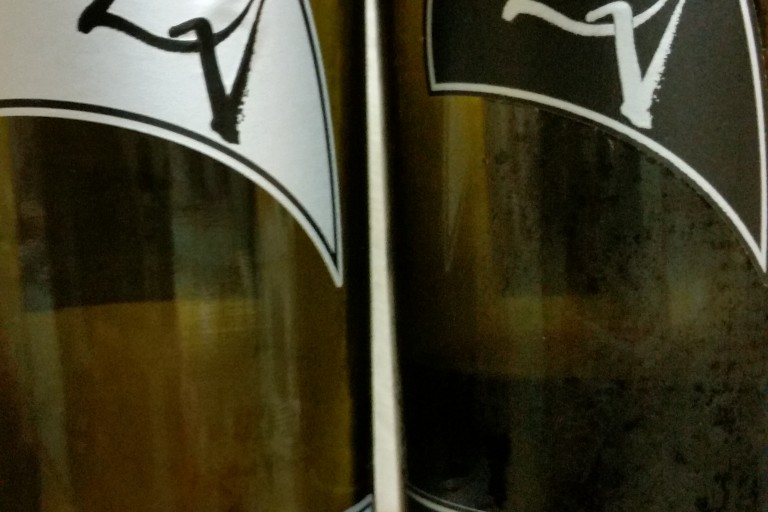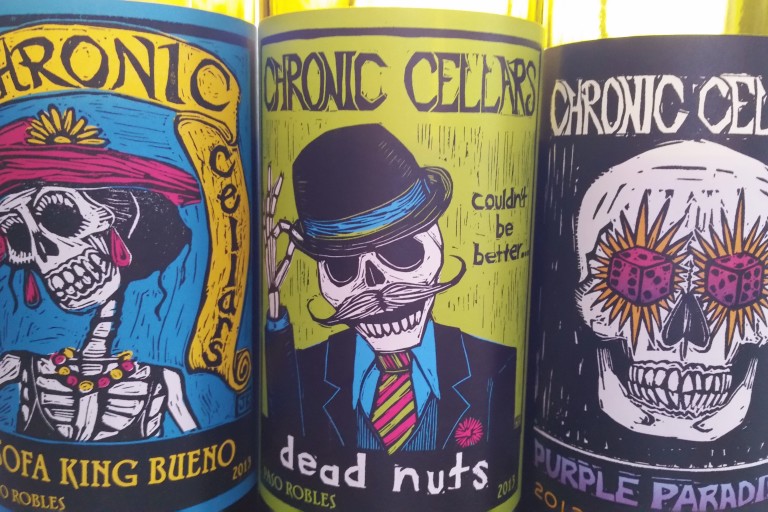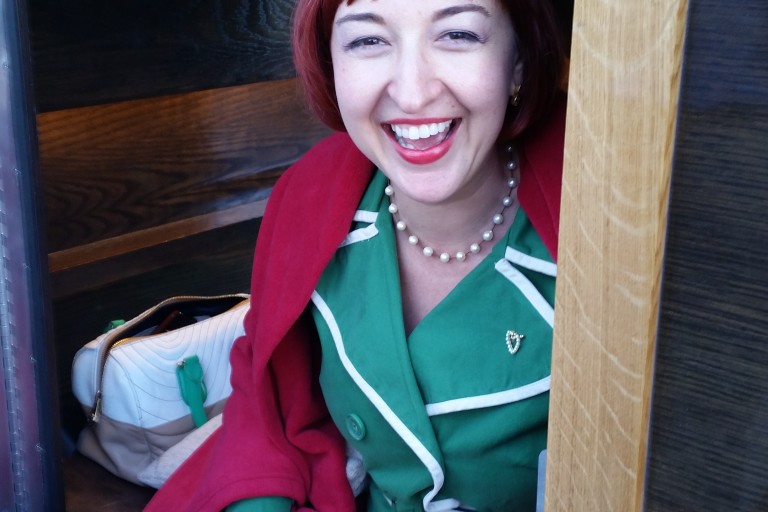[See additional notes courtesy of Alan Tardi at end]
Here I am in Piedmont, and no wonder I’m confused. Is it all about sales? Well, yes – to an extent. But it’s also about preserving history as well, I found, as I wandered hither and yon, tasting in many of the wine regions around Asti, where the wines range from dignified Barolos to light, fizzy Moscato d’Astis.
Initially, I wondered why some wineries – -like Enrico Serafino — have started making sparkling wines from chardonnay and pinot noir here. Then I remembered that, like Champagne, this is also a northern wine region. And it seems consumers are looking for more and more sparkling wines to buy, so why not?
Only a few years ago, there was despair on the lips of many Barolo lovers when French barriques started to overwhelm the wines with their woody tannins. That was the era when some winemakers believed that wine drinkers – especially Americans — needed tannins, above all. The winemakers had all but eliminated tannins when they learned to destem the irnebbiolo grapes in order to be able to make wines that were saleable (and drinkable) sooner than the traditional 10 or more years of ageing.
Despite the recent the barrel/barrrique controversy in Piedmont, Italy, many winemakers either didn’t get caught up in it, or came out the other side, with barely a splinter to show for the mistaken immersion of their Barolo wines in French-style small wood. As I understand it, Barolo wines needed their tannins be tamed for years in large barrels, before the wines were drinkable. Toward the end of the 20th century, it was discovered that the grape stems were responsible for the harsh tannins in the wine, as grapes were traditionally crushed on the stems. With some grapes this works fine, but not with nebbiolo. But, destemmed, these grapes have little tannin, and tannin is a component of structure and wine ageability. They got the idea of adding back tannins by putting the Barolo wines in small, French-style barriques. But then they got light red Barolo wine with mouthfuls of wood tannins. Some proclaimed this was great – but it really wasn’t Barolo wine.
Those who understood their grapes and vineyards decided to let the nebbiolo and its terroir shine through into the wine. They would de-stem, and craft a wine that would be drinkable earlier than, say 10 years. These winemakers are skilled in their use of barrels, with long knowledge of how their grapes behave in them; they know which types of wood to use, as well as how long to age.
During my November visit to Piedmont, wine writer Alan Tardi –who now lives in the heart of the Barolo region — took me to a couple of iconic wineries in the area.
The first was venerable Cantina Mascarello where Maria Teresa has taken over the work of her highly-respected father Bartolo since his death a few years ago. Her mission, she told me, is to maintain, not grow or change the vineyards. However, after learning that the hard tannins from nebbiolo stems were a big factor in the necessity for the wine’s long ageing, they have pared down the ageing time of their Barolos by using a mechanical de-stemmer. Their wines show a great deal of elegance as well as depth, and are very aromatic. “Nature makes the difference,†Maria Teresa told me.
At Giuseppe Rinaldi, the wines are also aromatic, but very different in their expression; of course, the terroir is different. Once again, this is a family winery, founded in 1890, so they’ve had plenty of time to understand their vineyards and grapes.
The next day I went with my friend Pirka to the Ettore Germano winery, where they told me their “Superiore†Barbera had big, rounded flavors due to the vineyard’s soil, not the wood they make it in; they tend to use large barrels for their big, red wines, not French-style barriques.
Though there are many wineries where the owners have had time to get to know and respect their vineyards and their grapes, at some places where they’re looking for a quick upgrade in price, they’ve hired consultants. This goes against the grain of many natives in the small- but-intense, cool climate. Especially those who have lived through recent modernization attempts like the barriques trials.
Elio Altare, another important Piedmont winemaker, happened to stop by Mascarello during our tasting to talk about change. He said he is concerned that with today’s reliance on wine consultants, local growers and winemakers will only learn about farming in theory, and not in the fields.
Maybe things should move more slowly in the cool, hazy area, where one needs sure and certain knowledge of the terrain before striding out into a steep, fog-shrouded vineyard hillside.
Additional notes courtesy of Alan Tardi: The use of barriques became fashionable more like 25 years ago the use of barriques was not so much to add tannins (which are very relatively soft from the new wood) but to give the wine a sweetness and toastiness. Many users of barrique also did substantial reduction of grape yields and used rotary fementors which increased the extraction, darkened the color, all together making the wines seem more international in style.
De-stemmers have been used for a long, long time. Even back in the days of foot-crushing, the grapes often sat over a large grate which removed most of the big stems. Much of the tannin in grapes comes from the skins, the seeds and the small pieces of stem that are attached to the grape, even after going through a de-stemmer. And the nebbiolo variety happens to have a high amount of natural tannin (much more than say barbera, dolcetto, grenache, merlot or eben pinot noir). It is true that the wines are generally less tannic and able to be drunk earlier now than they were in the old days (25+ yrs ago) but there are many reasons for this: reduced yields and better farming practices in the vineyard, temperature-controlled fermentation, shorter maceration, clonal selection, even global warming (grapes have a much easier time reaching the necessary levels sugar levels and harvest generally takes place much earlier now than some years ago). In cooler years (eg 2004, 2001), the wines seem to be more tannic than in warmer ones (2005 or 2003).


